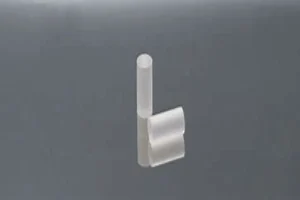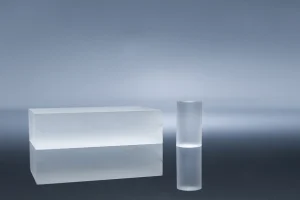Understanding the Basics of NdGlass
NdGlass, more formally known as neodymium-doped glass, is a game-changer in the world of lasers. This specially formulated material has unique properties that make it an ideal candidate for use in high-energy lasers, specifically in fusion research and pulsed lasers.
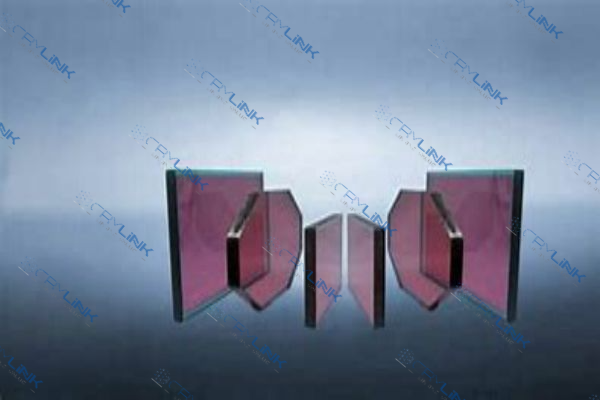
The Essence of NdGlass
NdGlass, known in scientific circles as neodymium-doped glass, is a vital player in the high-tech world of lasers. This glass is infused, or ‘doped’, with neodymium ions (Nd3+), a rare-earth element. The incorporation of these ions into the glass structure endows NdGlass with remarkable properties that have made it a cornerstone in the development of high-energy lasers.
The Doping Process
The process of doping involves embedding neodymium ions into the glass matrix. This is typically accomplished during the glass manufacturing process. The raw materials for glass making, such as silica, are melted together with a precise amount of neodymium. The resulting mixture is then cooled to form NdGlass.
The Role of Neodymium
Neodymium ions are the active lasing medium in NdGlass. They have a unique electronic structure that allows them to absorb light of certain wavelengths and then re-emit it in a coherent and amplified form, a process that is the essence of laser operation.
NdGlass: A Game-Changer in Laser Technology
NdGlass has revolutionized the field of laser technology. Its unique properties make it an ideal choice for high-energy lasers, which require materials capable of handling high power levels while maintaining excellent performance.
Exceptional Heat Management
One of the standout characteristics of NdGlass is its ability to handle heat. Lasers often generate a significant amount of heat, and managing this thermal output is critical to maintaining performance and preventing damage. Thanks to its high thermal conductivity, NdGlass can effectively dissipate the heat generated during laser operation, thereby enhancing the longevity and reliability of laser systems.
Superior Optical Properties
NdGlass also boasts superior optical properties. It exhibits excellent transparency in the infrared region of the spectrum, where most high-energy lasers operate. Moreover, NdGlass has a high refractive index, which means it can efficiently focus and direct laser light, crucial for precise and high-powered applications.
Unparalleled Energy Storage
Perhaps the most significant advantage of NdGlass is its unparalleled energy storage capacity. The neodymium ions embedded in the glass can store vast amounts of energy, which they can then release in a controlled manner to produce powerful laser pulses. This property is particularly beneficial in applications such as fusion research and pulsed lasers, where high-energy output is required.
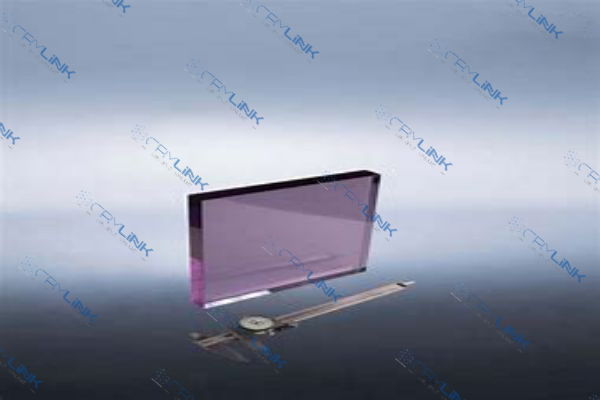
The Unique Properties of NdGlass
Robust Material with High Thermal Conductivity
One of the key reasons why NdGlass stands out is its high thermal conductivity. This feature allows it to endure the intense heat produced during laser operations, thus enhancing its durability and performance.
High Optical Quality
Another factor that sets NdGlass apart is its high optical quality. This property is crucial in laser applications, as it ensures the accurate transmission of light without any distortion or losses.
Exceptional Energy Storage Capacity
Perhaps the most significant characteristic of NdGlass is its incredible energy storage capacity. This quality is what makes it the preferred choice for high-energy laser systems.
The Role of Neodymium Ions
Neodymium ions play an essential role in the functioning of NdGlass lasers. When these ions are excited by a source of energy, they move to a higher energy state. When they return to their original state, they release this stored energy in the form of light, creating the laser effect.
The Importance of Dopant Concentration
The concentration of neodymium ions in the glass matrix is a crucial parameter. It must be carefully controlled to achieve the desired balance between absorption and emission properties. Higher concentrations can result in more efficient energy absorption but may also lead to increased losses due to reabsorption and concentration quenching.
The Role of Glass Composition
The composition of the glass matrix in which the neodymium ions are embedded also plays a significant role in determining the properties of NdGlass lasers. Different glass compositions can lead to variations in factors such as thermal conductivity, optical quality, and energy storage capacity.
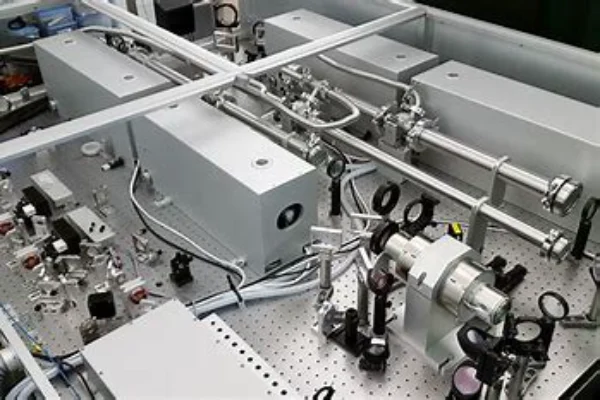
Challenges and Solutions in NdGlass Laser Technology
Overcoming Thermal Management Issues
One of the significant challenges in NdGlass laser technology is managing the heat generated during operation. The immense energy involved in laser processes often leads to substantial heat production. This heat, if not appropriately managed, can cause thermal stress, leading to structural damage and a decrease in overall laser performance.
Advanced Cooling Techniques
To combat this, scientists and engineers have developed advanced cooling techniques. For example, cryogenic cooling involves operating the laser at extremely low temperatures, effectively managing the heat produced. There’s also the liquid cooling approach, where a coolant is circulated around the laser components to dissipate heat.
Use of High Thermal Conductivity Materials
Another solution is the use of materials with high thermal conductivity, such as NdGlass. These materials can efficiently conduct heat away from the laser’s core, reducing the risk of thermal damage. This property, coupled with its other beneficial characteristics, makes NdGlass an ideal choice for high-energy laser applications.
Enhancing Energy Efficiency
The pursuit of higher energy efficiency is another crucial aspect of NdGlass laser technology. As the demand for more powerful lasers increases, so does the need for devices that can convert input energy into laser output effectively.
Material Research for Efficiency
Research is ongoing to develop materials that can enhance the energy efficiency of NdGlass lasers. For instance, scientists are exploring different glass compositions and dopant concentrations to find the optimal balance that maximizes energy absorption and minimizes losses.
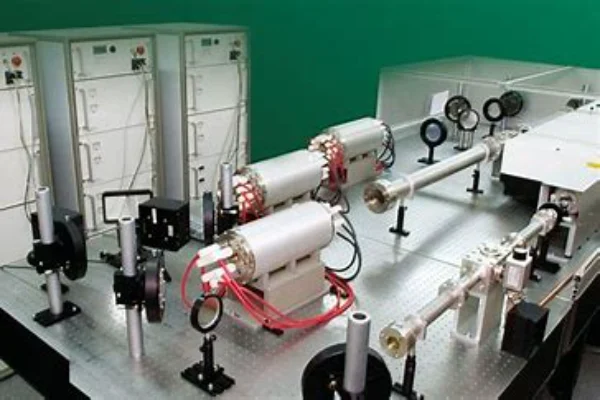
Innovative Designs for Energy Efficiency
In addition to material research, there’s also a focus on innovative design solutions. These include optimizing the geometry of the laser cavity, improving the quality of optical components, and implementing advanced pumping techniques. These design improvements aim to maximize the conversion of input energy into laser output, thereby increasing the overall efficiency of the system.
Addressing Beam Quality Issues
Beam quality is another essential aspect of laser performance. Poor beam quality can lead to inaccuracies in applications that require high precision, such as fusion research and laser surgery.
Use of Adaptive Optics
One way to enhance beam quality is using adaptive optics. This technology involves dynamically adjusting the shape of the laser beam to correct for distortions caused by factors such as thermal effects or optical imperfections.
Implementing Phase Conjugation Techniques
Another strategy is the implementation of phase conjugation techniques. These techniques involve manipulating the phase of the laser light to compensate for distortions and improve the quality of the laser beam.
Advanced Beam Shaping Techniques
Furthermore, advanced beam shaping techniques are being explored. These methods involve manipulating the spatial distribution of the laser light to achieve a desired beam shape and intensity profile. This can help improve beam quality and increase the precision of laser applications.
Through these strategies, we continue to push the boundaries of NdGlass laser technology, striving to overcome challenges and unlock new possibilities in high-energy laser applications.
NdGlass in High Energy Lasers
Role in Fusion Research
In the realm of fusion research, NdGlass lasers play a pivotal role. Their high-energy output and exceptional precision are critical for initiating nuclear fusion reactions.
Significance in Pulsed Lasers
NdGlass lasers are also integral to the functioning of pulsed lasers. Their unique ability to store and then release substantial amounts of energy in a short duration makes them indispensable in this context.
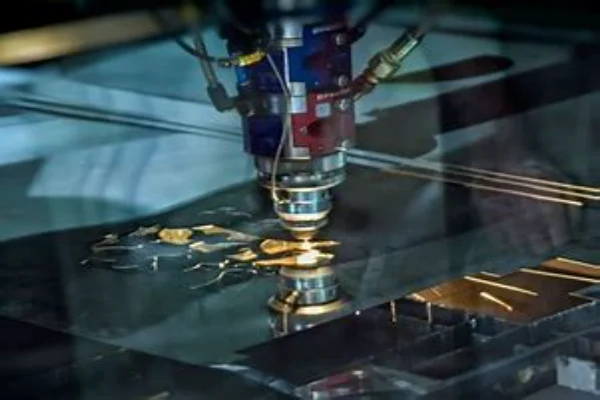
Advancements in NdGlass Laser Technology
Development of High-Power NdGlass Lasers
The past decade has seen remarkable advancements in the power capacity of NdGlass lasers. These developments have significantly broadened their application range and increased their utility.
Breakthroughs in Pulse Duration and Beam Quality
Simultaneous improvements in pulse duration and beam quality have further propelled NdGlass lasers to the forefront of laser technology. These innovations have enhanced their performance and made them more versatile than ever before.
Case Studies of NdGlass Lasers in Action
NdGlass Lasers in Fusion Research
In the world of fusion research, NdGlass lasers have made significant contributions. They have been used in groundbreaking experiments aimed at achieving controlled nuclear fusion, a potential source of clean and virtually limitless energy.
NdGlass Lasers in Industrial Applications
NdGlass lasers have also found numerous industrial applications. They are used in processes such as material processing, welding, and cutting due to their high power and precision.
NdGlass Lasers in Medical Applications
In the medical field, NdGlass lasers are used in various therapeutic and diagnostic procedures. Their ability to deliver high energy in a controlled manner makes them ideal for applications such as laser surgery and photodynamic therapy.
Conclusion
As we delve deeper into the world of high-energy lasers, NdGlass continues to prove its worth. Its unique properties and expanding applications make it a formidable player in the laser technology arena. As we look forward to the future, we can expect to see NdGlass lasers becoming even more prevalent and influential.
FAQs
- What is NdGlass?
- NdGlass is a type of glass that is doped with neodymium ions, which give it unique properties ideal for high-energy laser applications.
- Why is NdGlass used in high-energy lasers?
- NdGlass is used in high-energy lasers due to its high thermal conductivity, exceptional energy storage capacity, and high optical quality.
- What role does NdGlass play in fusion research?
- In fusion research, NdGlass lasers are used to initiate nuclear fusion reactions due to their high-energy output and precision.
- How are NdGlass lasers used in pulsed lasers?
- In pulsed lasers, NdGlass lasers store and release large amounts of energy in a short duration, a feature that is critical tothe operation of these devices.
- What are the future perspectives on NdGlass lasers?
- The future of NdGlass lasers looks promising with expanding applications in various fields and potential for further technological advancements. They are expected to become more prevalent and influential in the laser technology arena.


